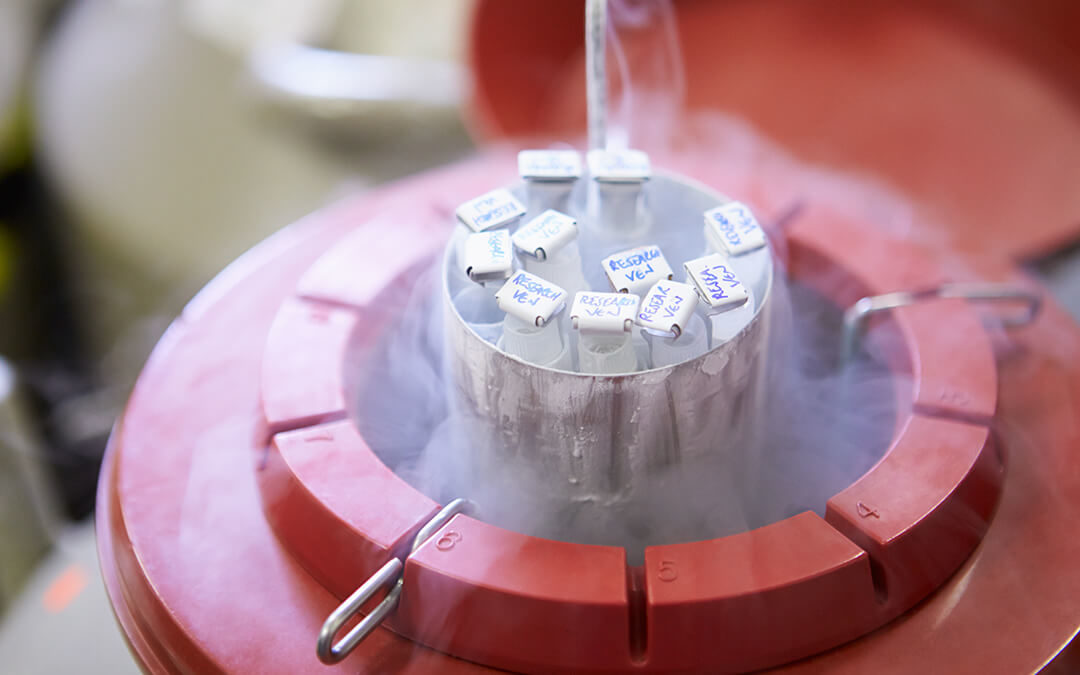Did you know that studies have found that the sharp decline in egg quality in women 40 years and older is because egg damage is linked to oxygen-deprived cells? As it turns out, oxygen helps a woman’s eggs be the best that they can be.
In other words: A woman’s eggs can age or be damaged by a lack of oxygen leading to a decreased fertility rate. Today, the shifts in socioeconomic norms have resulted in an increasing number of women postponing childbearing while pursuing educational goals and securing financial stability. As a consequence of this trend, women 40 years or older are requesting assistance with in vitro fertilization (IVF) to reproduce (Wyndham et al., 2012). This blog will explore a key factor that may help fertility clinics (and the women they serve) thrive: oxygen.

One Thing We Know About Successful IVF
According to a 2016 fertility study1 funded in part by the EMD Serono Grant for Fertility Innovation (GFI), one thing we know about successful IVF treatment is this:
Oocyte, or egg, “quality is the most crucial determinant for the capacity to achieve a pregnancy, (Patrizio and Sakkas, 20092; Li and Albertini, 20133), and it is well established that the quality of the oocyte deteriorates with aging.”
More technically, what is an oocyte? Oocyte is the scientific term for a cell in an ovary that may undergo meiotic division to form an ovum, or egg. Or, in layman’s terms, the oocyte is an immature egg cell that travels down a woman’s fallopian tube once a month (during which time it begins to be called an ovum, or egg), which is then fertilized by the sperm if all goes according to plan. For women 40 and over, the quality of these eggs deteriorate. But here’s where oxygen can help.

The Role of Oxygen in Fertility Clinics and Infertility Treatment
The findings of this 2016 study4 provided the hypothesis: that follicular hypoxia — or the condition in which a woman’s tissues are starved of adequate oxygen — is the main mechanism leading to ovarian aging and ultimately lower fertility rates. Today’s fertility clinics throughout the United States and the world have begun to “adjust protocols of ovarian stimulation by anticipating egg retrieval so as to limit the exposure of oocytes” to the hypoxic, or oxygen-deprived environment in the woman’s body (Wu et al., 20155). In other words, these fertility clinics are fitted with a low-oxygen culture in order to better support egg extraction, embryo growth and ultimately, a woman’s fertility.
